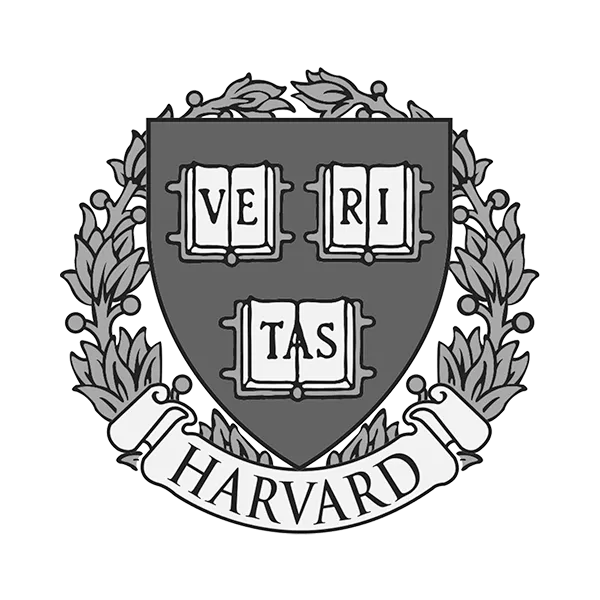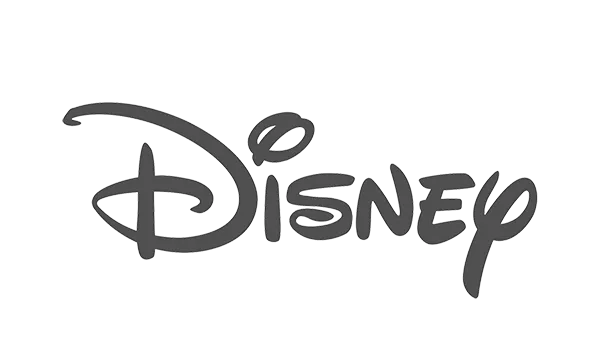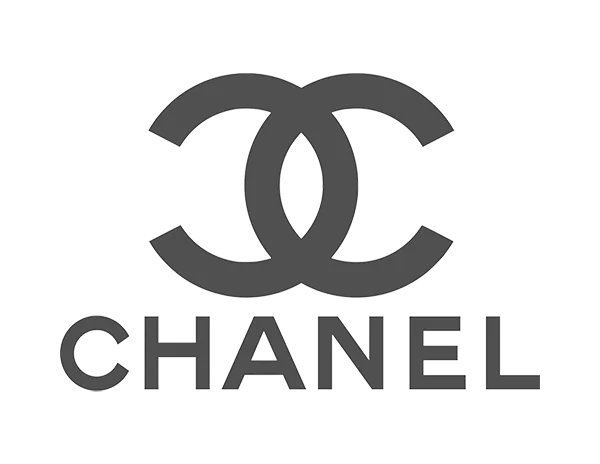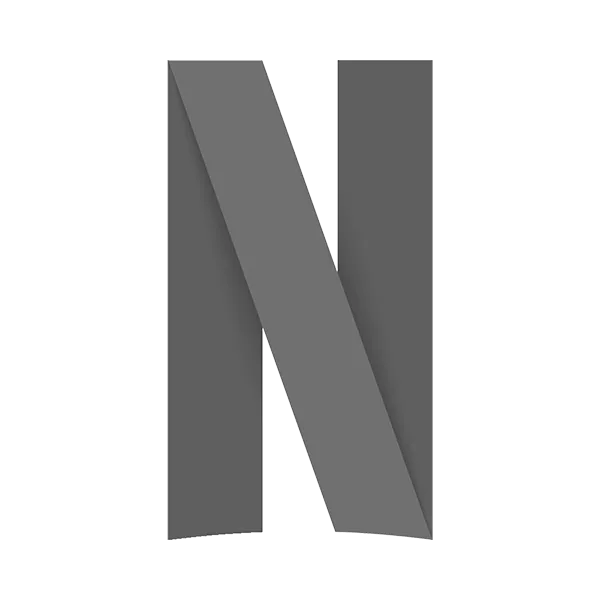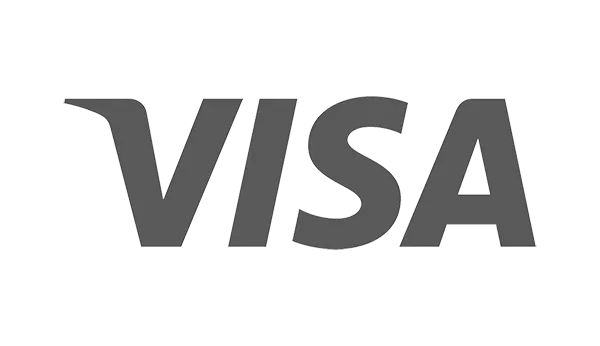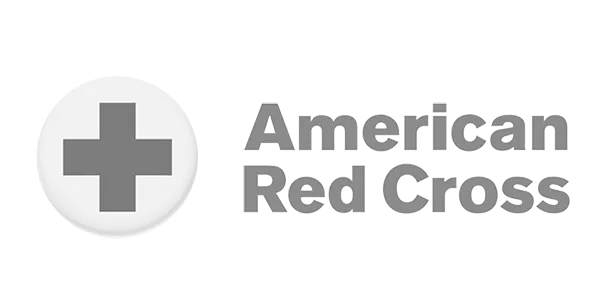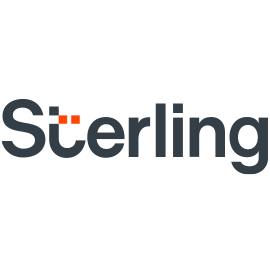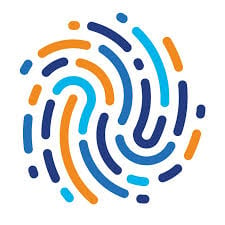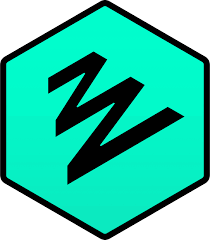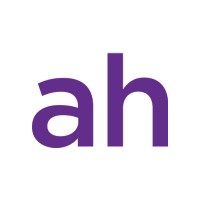Most modern organizations use some form of employee recognition and reward systems to motivate employees. The dynamics of these systems vary from simple rewards allocated to high-performing individuals to sophisticated programs managed via a dedicated employee rewards platform.
Read on to explore employee reward systems, types of tried and tested employee rewards, benefits, implementation tips, and real-life examples.
What is an Employee Reward System?
An employee reward system is a formalized and structured way for organizations to reward employees with money, tangible gifts, or other non-monetary incentives in exchange for their services and for demonstrating desirable behaviors. These rewards are a representation of the organization’s appreciation for the employee.
Ultimately, an effective total rewards strategy motivates, attracts, and retains top talent while maintaining or improving performance.
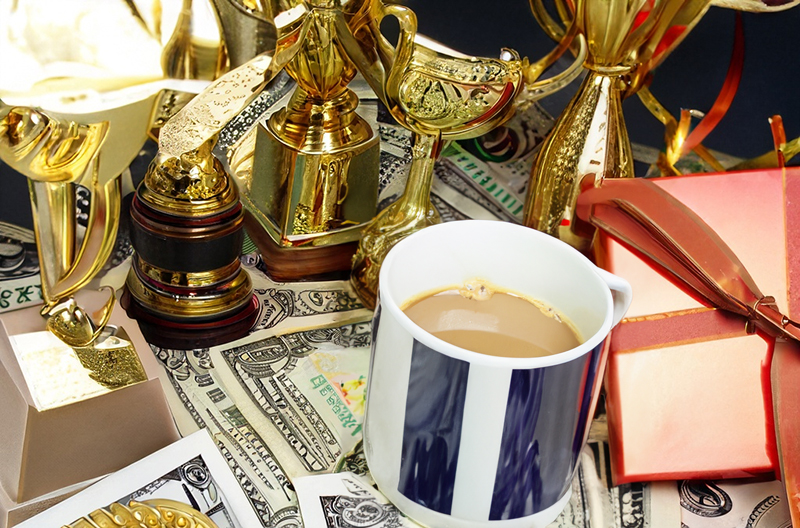
Types of Employee Reward Systems
Organizations can use various reward systems to motivate and appreciate their employees. These may be monetary (such as incentive compensation) or non-monetary (such as gifts or paid time off). Since people have different preferences, a mix of multiple types of employee rewards should be in place for optimum results.
Let’s review the most common types of employee reward systems.
Monetary Rewards
Monetary rewards offer direct financial benefits to employees. Here are some types of monetary rewards companies can offer employees based on performance reviews or hitting a predetermined milestone.
Bonuses
A bonus is a financial reward paid out in addition to an employee’s salary. A bonus can be discretionary (given at the employer's discretion) or non-discretionary (paid as part of the employee’s contract).
Discretionary bonuses typically apply to reward systems. Non-discretionary bonuses are more often tied to incentive programs where the employee must reach predetermined targets to trigger the bonus.
Examples of discretionary bonuses that may complement a rewards program are:
- Spot bonuses: To recognize short-term excellence.
- Project-completion bonuses: To reward the completion of a project ahead of time or with exceptional results.
- End-of-year bonuses: To celebrate a team’s collective efforts in achieving above-average annual results.
Salary Raises
In addition to using salary raises as a reward for loyalty, employers can also link pay increases to performance or goal achievement.
Pay increases (raises, bonuses, and merit increases) help workers feel recognized. Research has proven that remuneration plays a significant part in job satisfaction. Situations where employees feel they deserve a raise but don’t get one may dent employee morale and confidence. Organizations need to promote a culture of transparency and open communication to prevent this.
Naturally, an organization cannot provide pay increases that are as large or as frequent as many employees may like. A salary raise is a recurring expense that will lead to additional costs for the company. Organizations need to balance improving productivity through higher salaries and overburdening themselves with unjustifiable monthly costs.
Transparency on how high performance dictates pay is critical here. To prevent complacency and a sense of entitlement, companies can highlight the link between pay raises as an employee reward and goal achievement. This usually involves setting and communicating KPIs to remove subjectivity from the process.
Profit Sharing
Another employee incentive idea that will boost motivation is to share a percentage of the profits with workers. Typically, profit-sharing rewards are announced at the end of a profitable year. Since profit sharing is a reward for collective success, it tends to promote teamwork beyond individual excellence.
Profit sharing as an employee rewards system is well suited to a small business or start-up where teams are small, task allocations are dynamic, and an individual’s contribution may be difficult to define.
Stock Options
Stock options allow employees to purchase company stock at a fixed, discounted price. Because they own a portion of the organization, the employee is invested in its success and rewarded based on overall performance if they are eligible to earn dividends.
Having stock options as a reward system particularly suits startups and new organizations that may be low on cash.
Non-Monetary Rewards
Non-monetary rewards are rewards other than money given to employees to recognize their organizational contributions. They can come as tangible gifts, perks, concessions, tokens, and opportunities.
According to Harvard Business Review, non-monetary rewards can make employees feel more valued, recognized, and supported by their organization versus monetary rewards. Let’s explore some examples of non-monetary rewards that have proven to be successful in this regard.
Paid Time Off (PTO)
As an employee reward system, allowing employees to earn paid time away from work is highly effective. PTO is a valuable incentive and important for managing a fair work-life balance - a critical component of the employee experience your organization offers.
To ensure a rewards system where PTO is managed and allocated fairly, reward points can be tracked by a dedicated rewards platform and redeemed in the form of PTO as the employee needs it.
Learning and Professional Development Opportunities
Offering learning and professional development opportunities as rewards is a great way for employers to demonstrate their commitment to employee growth.
These rewards can be in the form of promotions and other leadership opportunities. It can also mean allowing (and paying for) the employee to attend relevant workshops, conferences, mentorship programs, and training courses that may further their career. In this context, you can also reward deserving employees through special assignments that would engage and challenge them.
An effective learning and development reward system improves employee retention, morale, and engagement because the employee can see career benefits in staying with the organization.
This is a win-win, as encouraging this sort of employee cross-training can lead to greater productivity and more stability for your business.
Gifts
In addition to being more personal than monetary rewards, gifts are a quick way to recognize an employee’s hard work. Gifts are highly appropriate in the context of acknowledging an employee’s milestones, such as a significant work anniversary, their birthday, or a life event. A gift can also be a token of thanks for outstanding work. For example, a gift is an appropriate way to recognize the employee of the month.
Such gestures help employees feel valued and appreciated, directly impacting retention. In addition, gifts can be more cost-effective than bonuses and salary raises. Some ideas for appropriate gift rewards include:
- Company merchandise (swag)
- Books
- Subscriptions or memberships (such as a spa or gym membership)
- Tickets to movies, shows, or sporting events
Gift Cards
Gift cards allow employees to choose their rewards. They are a flexible and affordable way for employers to acknowledge employee contributions to the company. Gift cards also allow employers to control the monetary value of the reward to maintain a sense of fairness among team members while acknowledging that everyone won’t like the same type of gift.
A gift card that provides a wide range of products is ideal. For example, every employee should be able to find a reward to their liking on Amazon.
Ideally, gift card rewards should include a personal touch, such as a “thank you” note from the company. Alternatively, it can be handed over while giving the employee verbal appreciation and recognition in front of peers.

Benefits of an Effective Employee Reward System
Most modern organizations use some form of employee recognition software or reward platform to motivate employees. A recent survey put the number at 52.6% in the U.S. So, it does seem like businesses derive a certain degree of value in maintaining an employee rewards program.
An effective employee reward and recognition system can produce a host of benefits for an organization. Here are some of the main ones:
- Recruitment marketing: Companies with attractive employee rewards systems find it easier to attract and employ top talent.
- Higher employee productivity: A transparent employee reward system means that employees know what behaviors trigger rewards, as well as the nature of the rewards they can expect for hard work.
- Reduced employee turnover: Employee recognition is intrinsic to employee rewards because it implies an above-satisfactory level of employee performance. Employees are more likely to stay at an organization where they feel their loyalty and efforts are appreciated.
- Better teamwork: Where it is in everyone’s interest for the organization to do well, team members are incentivized to cultivate a positive work environment where collaboration can lead to higher earnings overall.
- Goal alignment: When setting the criteria of rewards in your employee reward system, consider the organizational priorities. The alignment of incentivized employee behaviors with business objectives and company values means individuals are motivated to work toward the same objectives.
- Higher employee satisfaction: A rewards system where workers receive rewards for hard work in a timely manner equates to performance management in real-time. An employee who does well is acknowledged and rewarded for it and satisfied with the outcome of their efforts.
- A happy workplace with positive energy: A workforce that gets rewarded fairly on a regular basis is more likely to cultivate a positive organizational culture and positive employee morale.
- Improved employee engagement. Employees are more likely to bring their whole selves to work and care beyond the required amount when they feel their work is rewarded.
Tips for Implementing an Effective Employee Reward System
The key to designing and implementing an effective employee reward system is to consult your employees. This is to ensure the rewards offered are attainable, fair, aligned with organizational goals, and desirable.
Here are some broad guidelines to help you get started.

Set Clear Objectives
Before starting this journey, align internally on what your organization hopes to achieve from this exercise. Diving into a rewards system creation project without clearly defined objectives can be costly.
Define what behaviors are desirable, what success looks like, and what an individual would have to accomplish to be considered the best employee.
Define Rewards Dynamics
What kind of reward system does your organization want? Do you need a dedicated tool to manage your rewards system? Are all the stakeholders included in the discussions leading up to launching your rewards program? Are their wants and concerns being taken into consideration?
Also, consider the operational details. How often would rewards be allocated, what monetary and non-monetary rewards will be made available, and what proportion of the budget will be allocated towards it? You’d likely have to tackle these essential questions in some minutia while creating your reward system to avoid confusion down the pike.
Clear Communication
The organization must communicate with all its employees clearly and effectively during all program phases. It’s essential that the employees clearly understand the objectives of the program, the kinds of behavior the organization is willing to reward, and the required KPIs for their efforts to be recognized,
Prevent Bias
A review and feedback system is essential to keep the project on track and flag any feelings of discrimination.
In addition, every employee involved should have an equal opportunity to win the rewards without dealing with a skewed system in favor of one group, department, or definition of success.
You can also ensure transparency by managing the reward system via a purpose-built rewards and recognition platform.
Clear Link Between Action and Reward
Strive to keep the link between desired behaviors and the rewards as straightforward as possible. The success of your reward system would depend on how easy it is to understand.
Timely Delivery
Whether the reward is monetary or non-monetary, the employee must receive it promptly for maximum impact. Employees shouldn’t have to deal with corporate red tape or other formalities to receive their rewards.
Set Achievable Goals
The goals should be measurable and achievable. Your rewards program may look like a gimmick if your employees feel you set the bar too high. Consequently, it’s more likely to have a demotivating effect on your team.
Regular Reviews and Updates
Establish a predefined schedule to review your reward system in light of feedback from all the stakeholders, especially the employees. Again, a simple reward system design would make it easier to update the existing setup when necessary.
3 Real-World Employee Reward System Examples
Microsoft
Microsoft offers employees a Total Rewards Portal (TRP), where they can track their basic pay, bonus, and commissions over time. An easy-to-use dashboard provides all the information employees need to track their rewards.
The company also believes the portal makes it easier for staff members to see Microsoft’s investment in them. The manager-level dashboard is slightly different, giving administrative access to detailed team data.
In terms of monetary rewards, Microsoft offers bonuses and stock awards to eligible employees. Employees can also take advantage of health and wellness benefits, retirement plans, and more.
In an interview with SHRM's HR Magazine, Laszlo Bock, Google’s former senior vice president of people operations, explained Google’s rewards philosophy.
“We believe in providing exceptional rewards to exceptional people. Our pay curves are exponential. That means that you don’t get twice the bonus for doing twice as good a job; you get maybe three times the bonus, and it scales up from there,” said Bock.
He highlighted the superior impact of non-monetary rewards vs. monetary rewards, provided the gift is chosen thoughtfully.
He said, “When you want to acknowledge employees for their work, most people say they prefer $500 in cash to a concert ticket or gift card. Yet, if I am acquainted with someone well enough to know that she is a huge Taylor Swift fan, for the same $500, I can get box seats for her and her family at Taylor’s next concert. In the end, employees will end up happier if you give them an experience—something personal and nonfinancial. But it only works if you know what makes your people tick.”
Procter & Gamble
P&G has a well-documented employee rewards system that includes bonuses, social recognition, and awards.
Their Short-Term Achievement Reward (STAR) bonus program is available for entry-level management. This is a performance bonus, establishing a link between pay and performance at an early stage.
P&G’s Power of You employee recognition program publicly recognizes employees who go beyond their immediate roles and responsibilities to impact the business positively. In addition, the program also enables peer recognition by encouraging all staff members to recognize and support each other.
Last but not least, the CEO Award program at P&G recognizes top performers annually through social recognition and a monetary reward.
The company also rewards calculated risk-taking by awarding a Heroic Failure Award to an individual or team that takes the most intelligent risk in a given year. The award promotes a culture of fearless innovation. It also allows everyone at the company to learn from the mistakes of others.
Final Thoughts
Effective employee reward systems are not just a trend or gimmick, but a necessity. As showcased by giants like Microsoft, Google, and P&G, recognizing and valuing employee contributions, whether big or small, drives engagement, fosters innovation, and ensures organizational success.
If you're still on the fence, we suggest it's time to embrace and optimize rewards for the modern workforce.








